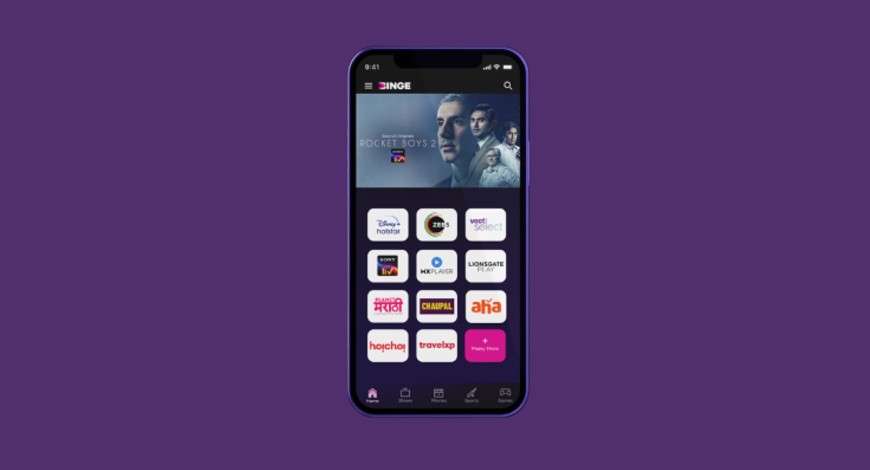Headlines Of The Day
As the streaming space expands, there is a flourishing of OTT aggregators

There are 57 streaming services in India, and that is just the number published by the Ministry of Information & Broadcasting in March. A growing space of ‘aggregators’ is emerging, seeking entry into customers’ homes at vastly reduced prices by tying up with TV operators, internet service providers (ISPs) and telecom companies.
These aggregators include OTTplay, YuppTV Scope, and Tata Play Binge; each of these platforms is backed by firms with existing footholds in the media industry and is setting sights on combining multiple subscriptions that consumers may otherwise not be willing to subscribe to simultaneously. The trick to getting the business done is as simple as it is tricky: reduce the overall price of bundles so drastically that not subscribing seems wasteful.
Despite court stay, OTT platforms face pressure on content
Take OTTplay — the firm, which has tie-ups with Sony LIV, ZEE5, Lionsgate Play and a cachet of other less popular streaming services, claims that its most expensive bundle is over twelve times cheaper than if users tried buying each subscription individually directly from the firms offering them.
The strings are few — for instance, OTTplay says that the streaming service ShemarooMe’s content would be available without Gujarati content, and that Sony LIV and ZEE5 wouldn’t work on Apple TV devices. Otherwise, Avinash Mudaliar, OTTplay’s founder told The Hindu, there were rarely any drawbacks. “There is a clear market, and the market is growing considerably year on year,” Mr. Mudaliar said.
Distribution partnerships
While firms like OTTplay sell bundles directly to customers, they are turning to a form of distribution that might be an easier sell: Partnerships with telecom and TV firms to whom customers are already paying a monthly bill. Some streaming services like Netflix and Amazon Prime Video — who are largely absent from aggregator bundles — have also negotiated distribution on broadband and mobile operators’ monthly bills.
Consumers have now started demanding such bundles from telecom operators at such a large scale that some fraud has entered the system, with some firms illegally partnering with broadband and TV operators without even getting a license from the streaming platforms they’re distributing. “Pirates pick up promotional coupons from websites and pass them on to ISPs at a ‘deep discount,’” an aggregation industry executive said. But when streaming platforms disable these coupons from their end after realising what is going on, the ISPs and cable operators are flooded with angry phone calls from customers unable to activate what they paid for.
Business sustainability
The enormous pricing haircut on each streaming service when it is pushed through an aggregator raises the concern of how long OTT platforms can get away with pricing that may not necessarily be enough to pay for the production of content. Netflix is particularly skeptical.
“Most subscriber base [for OTT platforms] comes from telco bundling, where you have a whole lot of people in a telco plan [that includes a subscription],” Monika Shergill, Vice President of Content at Netflix India said at an event earlier this month. “But how many people activate their account? What is engagement? “
“The way the industry is evolving, it’s highly focused on changing consumer behaviour right now,” Manish Kalra, the Chief Business Officer at ZEE5 India told The Hindu. “Being a part of a bundle helps you increase reach at a lower cost of acquisition … The objective is how and when you want to convert them (bundle users) into direct consumers.”
“It’s early days for the industry, but it’s not as early to become responsible in terms of what model of streaming we are building,” Ms. Shergill said. “A healthy streaming business will be one where you’re high on engagement, you’re looking at revenue, and you have to put that revenue back into the creators’ pool.” The Hindu




